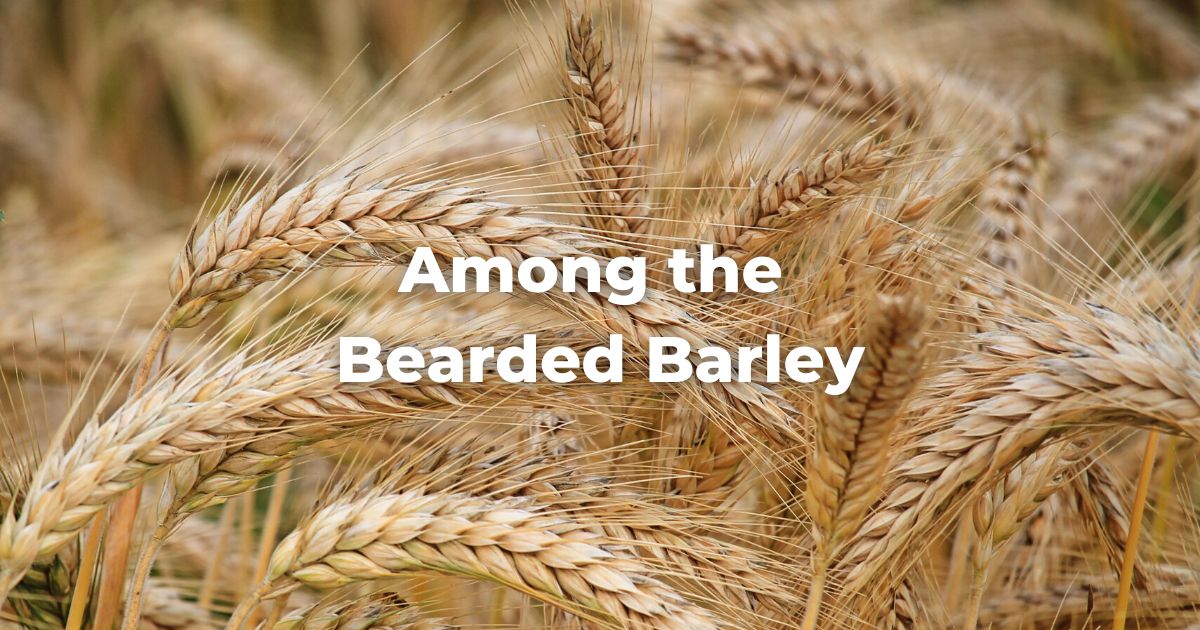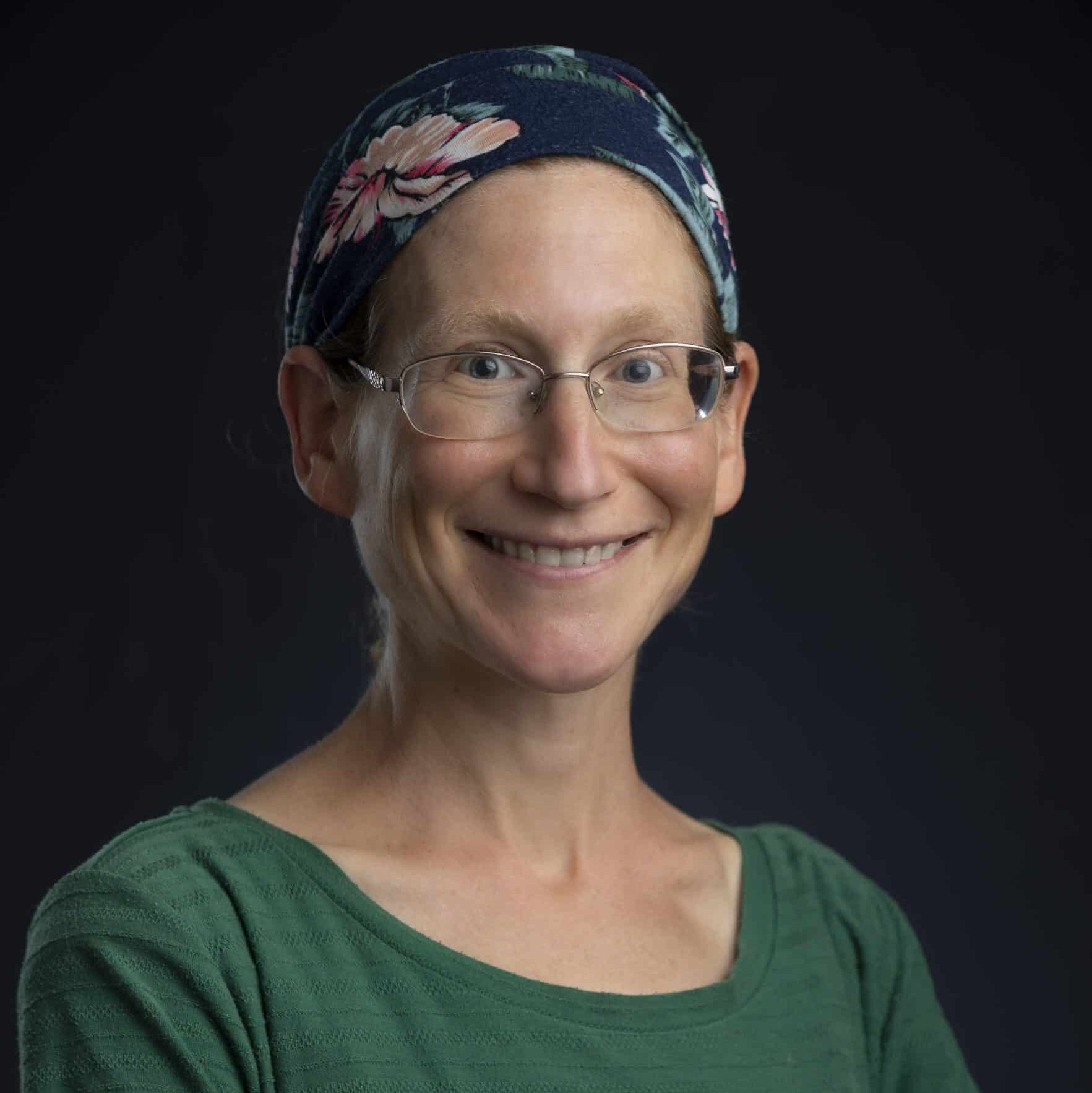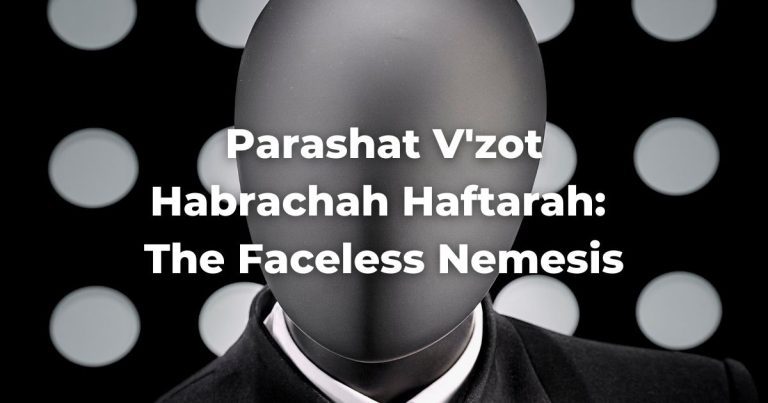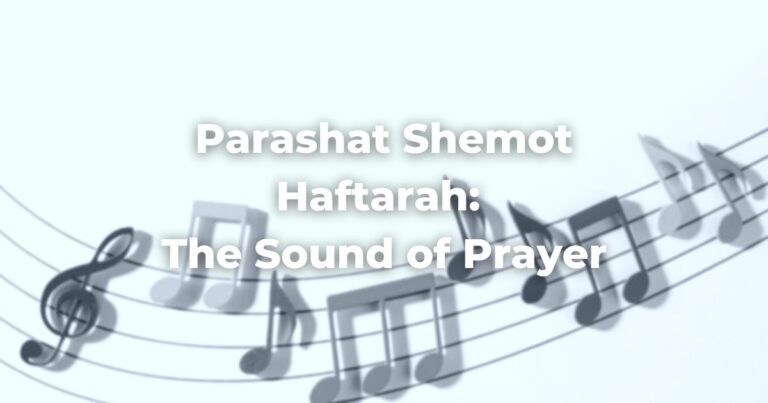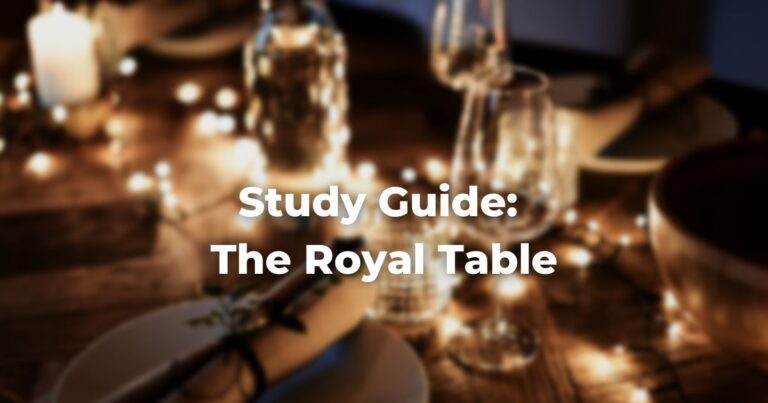Parshat Emor describes the Omer offering that must be brought to the Temple on the “day after the Sabbath” (Leviticus 23:16), interpreted by the rabbis as the sixteenth of Nisan, which is the second day of the Passover holiday.
The Omer sacrifice in the Temple
The Omer, which represents the first sheaf of barley from the harvest, is given to the priest, who waves it before God.
The TorahRefers to the first five books of the Hebrew Bible, the Tanakh, also called the Five Books of Moses, Pentateuch or the Hebrew equivalent, Humash. This is also called the Written Torah. The term may also refer to teachings that expound on Jewish tradition. Read more teaches that until the day when the Omer offering is brought—a day referred to by the rabbis as Yom HaNef, the day of waving—it was forbidden to eat any of the new grain from that year. The Talmudic rabbis, in discussing the significance of the Omer offering following the Temple’s destruction, offer us insight into how we strike the appropriate balance between accepting the losses of the past and retaining hope in a restored future.
The MishnahA collection of rabbinic teachings edited in Israel around 225 CE. Organized in six sedaraim by subject matter and dealing with both ritual and civil law. Both the Jerusalem and Babylonian Talmud are expansive discussions of the Mishnah. Read more (Menahot 10:3) offers a vivid, elaborate description of how the Omer sacrifice was prepared. Messengers of the court would come on the day before Passover to fashion the stalks of barley into sheaves while the stalks were still attached to the ground, so as to make it easier to reap them.
Once darkness had descended on the eve of the sixteenth of Nisan and the first day of Passover had concluded, people would come from near and far to watch the reaping. As soon as it grew fully dark, an emissary of the court would ask all those assembled, “Did the sun set?” They would respond yes. The emissary would then repeat the question, and again the people would respond in the affirmative.
The dialogue would continue:
-“Should I reap the sheaves with this sickle?”
-“Yes.”
-“With this sickle?”
-“Yes.”
-“Shall I place the sheaves in this basket?”
-“Yes.”
-“In this basket?”
-“Yes.”
-“Shall I cut the sheaves?”
-“Cut them.”
-“Shall I cut the sheaves?”
-“Cut them.”
The Mishnah explains that all of this repetition was necessary on account of a heretical sect which had a different opinion as to when the Omer should be cut; the court emissaries wanted to make sure there were no heretics in their midst.
Preparing the bearded barley sacrifice
Once it was clear that there was full consensus among all those present as to when and how the Omer should be cut, the reapers would harvest the barley, an image immortalized by Alfred Tennyson in “The Lady of Shallot,” where “only reapers, reaping early / in among the bearded barley” at the riverside could hear the eponymous fairy lady singing.
The reapers would then place the barley in baskets and bring it to the Temple courtyard, where the kernels were singed in fire. The kernels were then set down in the Temple courtyard, so that the wind might cool and dry them. Next they were placed in a mill for grinding, and a tenth of an ephah of the ground flour was sifted through thirteen sifters.
After daybreak on the sixteenth of Nisan, the priest sacrificing the Omer would take the sifted measure of flour, add oil and frankincense, wave the offering, and bring it to the altar. At that moment, it became permitted to eat the new grain from that year’s harvest, and immediately—so the Mishnah declares with a flourish—the people would emerge and find the marketplace of Jerusalem full of flour.
All of this detail may seem surprising given that the Mishnah is ordinarily quite terse, not to mention the fact that it was compiled several generations after the Temple’s destruction.
The Mishnah’s detail on Temple services and the bearded barley
It is notable that on those rare occasions when the Mishnah delves into such extended narrative detail, the subject is almost always an aspect of Temple ritual: The bringing of the first fruits (M. Bikurim chapter 3), the offering of the daily sacrifice (M. Yoma chapter 2), the rite of the high priest on Yom Kippur (M. Yoma chapters 3-7), the Sotah procedure (M. Sotah chapters 1-3).
It is as if the rabbis were giving voice to their longing for the Temple by staging and recreating its rituals in vivid and evocative narrative detail.
The extent of the sages’ longing for the Temple is evident in a decree about the Omer sacrifice issued by Rabban Yohanan ben Zakkai immediately following the Temple’s destruction.
The Mishnah relates that Rabban Yohanan ben Zakkai—that same rabbi who was famously smuggled alive out of Jerusalem in a coffin during the Roman siege—decreed that in a world devoid of the Temple, it was forbidden to eat the new grain during the entire day of the sixteenth of Nisan (M. Menahot 10:5).
At first this does not make sense; after all, the Torah specifies that the new grain could be eaten as soon as the Omer sacrifice was offered in the morning. Without a Temple, there could be no sacrifice.
If Rabban Yohanan ben Zakkai were simply trying to commemorate the Temple, why then not just wait until the middle of the day, at which point the Omer would already have been offered had the Temple still been standing?
The TalmudReferring to one of two collections, the Jerusalem and Babylonian Talmuds, edited in the 6th century, that contains hundreds of years of commentary, discussion, and exploration of the ideas in the Mishnah. One could describe it as Mishnah + Gemara = Talmud Read more states that the reason for Rabbi Yohanan’s decree is “speedily may the Temple be rebuilt” (Menahot 68b). That is, if the eating of the new grain were not prohibited throughout the entire day of the sixteenth of Nisan, then the people might forget the original rule and fail to observe it when, someday, the Temple was rebuilt.
After all, the Temple could be rebuilt at any point, especially if one holds, like Rashi and Tosafot, that the third Temple would not be rebuilt by human hands, but would descend intact from heaven (see Rosh Hashanah 30a).
What if the Temple happened to be rebuilt on the evening of the sixteenth of Nisan, and the Omer were offered later the next day?
The Talmud explains that the eating of the new grain is prohibited all day because of the possibility—albeit a highly unlikely possibility—that perhaps that might be the very day that the Temple would be rebuilt.
Rabban Yohanan ben Zakkai’s decree on barley
Rabban Yohanan ben Zakkai’s decree concerning the eating of the new grain ensures not just that the memory of the Temple endures, but also that the people never let go of the hope for redemption that the rebuilding of the Temple represents. We are to live with the consciousness that at any moment, redemption might come.
As such, this decree is a reminder that we should never become too comfortable in our imperfect world. If there are ideals that we hold dear—such as a world free of intolerance, or a world with true gender equity, or a world with clean air and pure water—then we must never grow too comfortable in a world where those ideals have yet to be realized.
The period of the Omer refers to the seven weeks between the sixteenth of Nisan when the Omer sacrifice was offered, and the festival of Shavuot. It is a time of anticipation, in which the Exodus from Egypt has already happened but the Ten Commandments have not yet been given on Sinai.
With Rabban Yohanan ben Zakkai’s decree in mind, we dedicate ourselves during the Omer period to working toward a world that embodies our ideals.
See more: Parashat Emor
Originally posted as part of the Conservative Yeshiva at the Fuchsberg Jerusalem Center’s Torah Sparks. Support Torah learning from the Fuchsberg Jerusalem Center/Conservative Yeshiva for leaders and seekers around the world here.
Authors
-

Ilana Kurshan teaches Talmud at the CY. She is the author of If All the Seas Were Ink (St. Martin’s Press, 2017) and Why is This Night Different From All Other Nights (Schocken, 2005). She has a degree in History of Science from Harvard and in English literature from Cambridge, and has worked in literary publishing both in New York and in Jerusalem – as a translator, a foreign rights agent, and as the Books Editor of Lilith Magazine. Since October 2020, Ilana has been a regular contributor to Torah Sparks, FJC’s weekly parashat hashavuah blog.
View all posts -


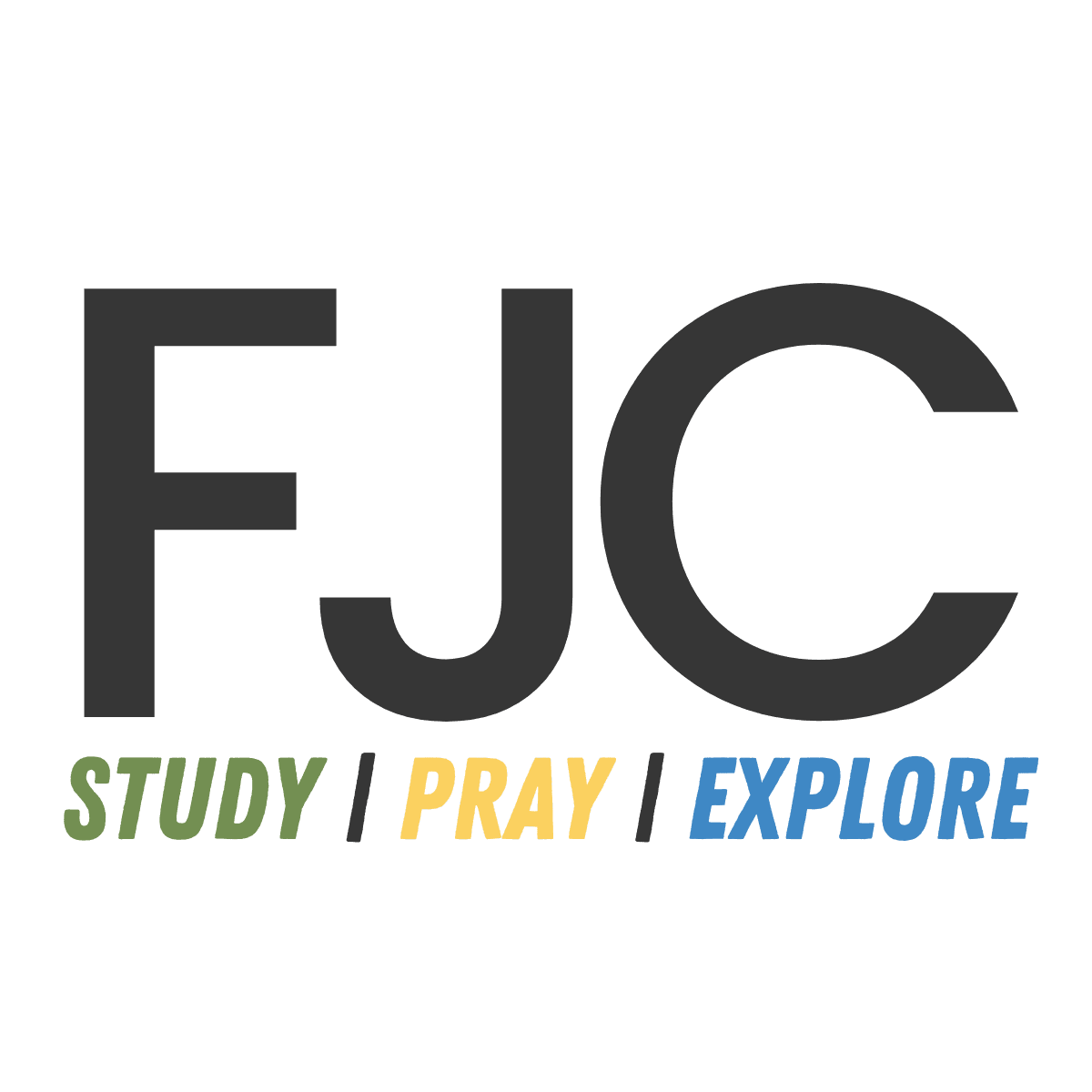
The Fuchsberg Jerusalem Center (FJC) is a home in the heart of Jerusalem where leaders and seekers can find an authentic place in Jewish tradition to call their own. FJC offers opportunities to study, pray and explore within an egalitarian and inclusive setting, creating multiple pathways for finding personal and communal meaning.
View all posts

